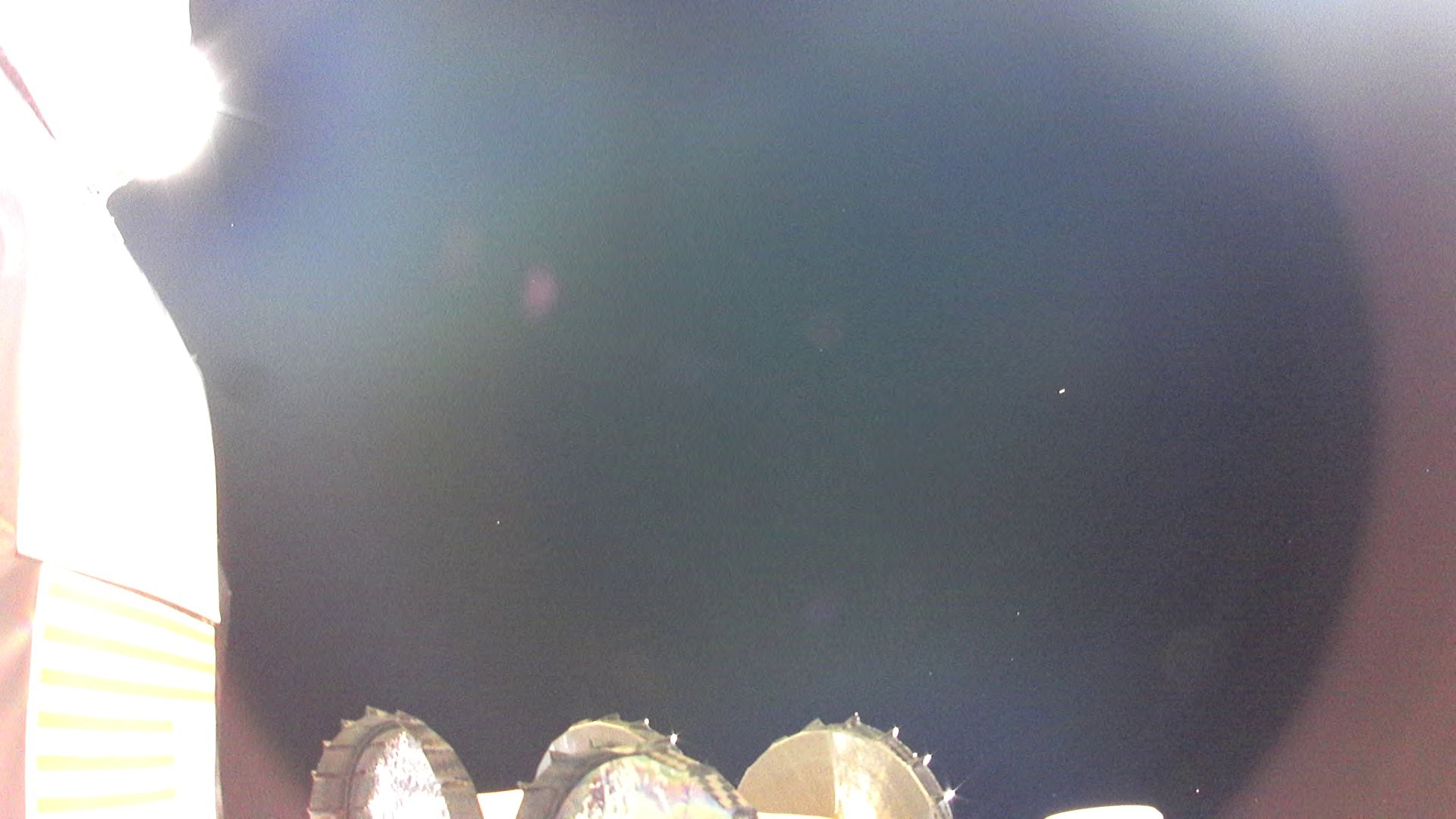Private Peregrine moon lander powers up lunar payloads despite propulsion anomaly
Astrobotic's latest update is optimistic, all things considered.

All may not be lost for Astrobotic's Peregrine moon lander.
Soon after launching on the first-ever flight of United Launch Alliance's new Vulcan Centaur rocket on Monday (Jan. 8), the lander encountered an anomaly due to a stuck valve in its propulsion system, damaging the spacecraft and causing a significant propellant leak. The company announced on Tuesday (Jan. 9) that a soft lunar landing would be impossible in light of those issues.
Yet on Thursday (Jan. 11), Astrobotic issued its 12th mission update via X, indicating that, despite the crippling propulsion system anomaly, there's some good news. Peregrine was able to power up its payloads — the ones that require power, anyway — and establish connections to ground teams using NASA's Deep Space Network (DSN) of communication antennas.
"As Peregrine emerges from a planned communications blackout with NASA's DSN ground network, we're pleased to announce the team's efforts to gather payload data have been fruitful," Astrobotic wrote on X. "We have successfully received data from all 9 payloads designed to communicate with the lander. All 10 payloads requiring power have received it, while the remaining 10 payloads aboard the spacecraft are passive."
Related: Private Peregrine moon lander failure won't stop NASA's ambitious commercial lunar program
It's unclear if any of those payloads will be able to complete the missions for which they were designed, but Astrobotic's update is relatively optimistic. "These payloads have now been able to prove operational capability in space, and payload teams are analyzing the impact of this development now. We are proud of the mission team for achieving this incredible feat under such challenging circumstances."
Accompanying the update is a photograph taken by Peregrine in which the wheels of the tiny Iris lunar rover, built by Carnegie Mellon University, can be seen.
Get the Space.com Newsletter
Breaking space news, the latest updates on rocket launches, skywatching events and more!
The update also includes a list of the payloads that have received power: The Iris rover; the COLMENA micro-robots built by the Laboratory of Special Instruments (LINX) at the National Autonomous University of Mexico (UNAM); the M-42 radiation detector built by the German Aerospace Center (DLR); five scientific instruments designed by NASA laboratories; Astrobotic's own Optical Precision Autonomous Landing sensor; and Pocari Sweat's Lunar Dream Time Capsule, a soft drink can containing handwritten messages from people around the world that were laser-etched onto titanium plates.
The launch of Peregrine kicked off NASA's Commercial Lunar Payloads Services (CLPS) program, which aims to accelerate lunar science through contracting private landers to take payloads to the moon's surface. Since many of these private spacecraft and landers are new and untested, NASA leadership has accepted the risks involved in these missions.
"Each success and setback are opportunities to learn and grow," Joel Kearns, deputy associate administrator for exploration at NASA's Science Mission Directorate in Washington, said in an emailed statement. "We will use this lesson to propel our efforts to advance science, exploration and commercial development of the moon."
The next CLPS launch is planned for mid-February when the Nova-C lander built by Houston's Intuitive Machines takes off atop a SpaceX Falcon 9 rocket with a goal of reaching the moon.
Join our Space Forums to keep talking space on the latest missions, night sky and more! And if you have a news tip, correction or comment, let us know at: community@space.com.

Brett is curious about emerging aerospace technologies, alternative launch concepts, military space developments and uncrewed aircraft systems. Brett's work has appeared on Scientific American, The War Zone, Popular Science, the History Channel, Science Discovery and more. Brett has English degrees from Clemson University and the University of North Carolina at Charlotte. In his free time, Brett enjoys skywatching throughout the dark skies of the Appalachian mountains.









